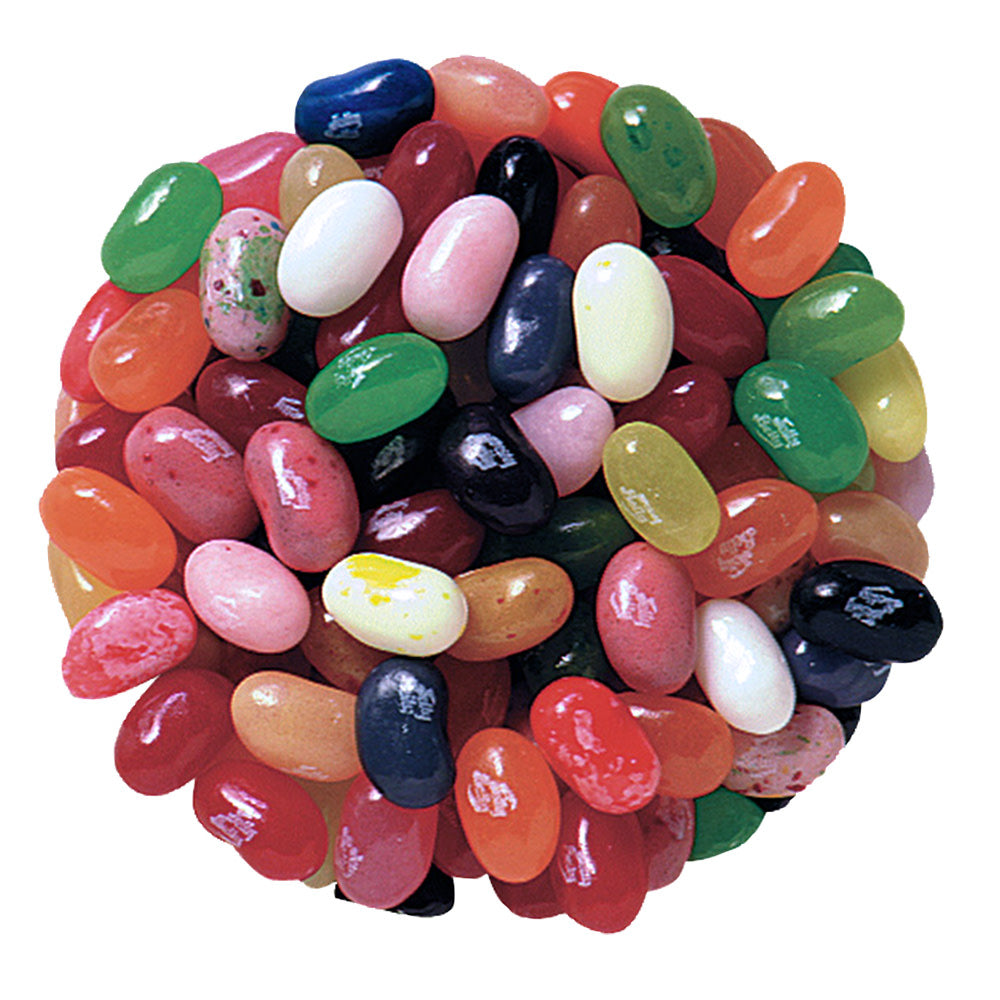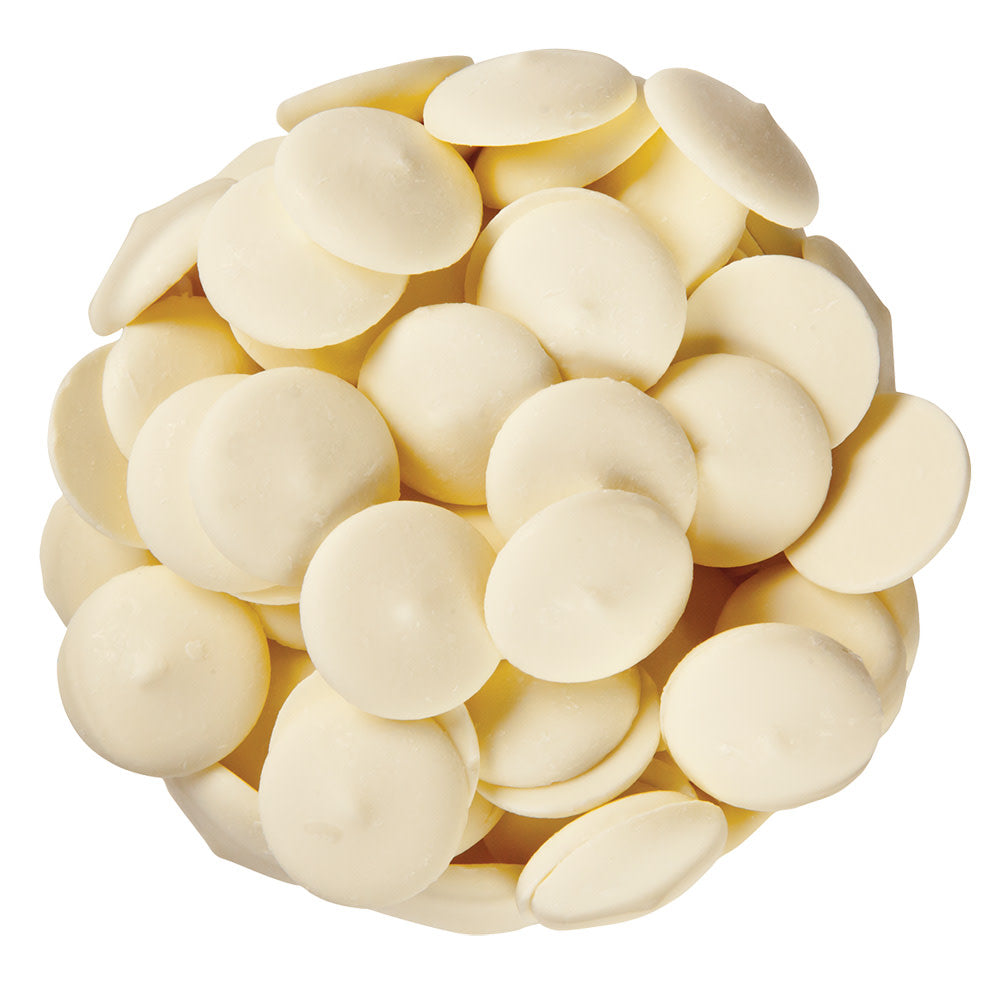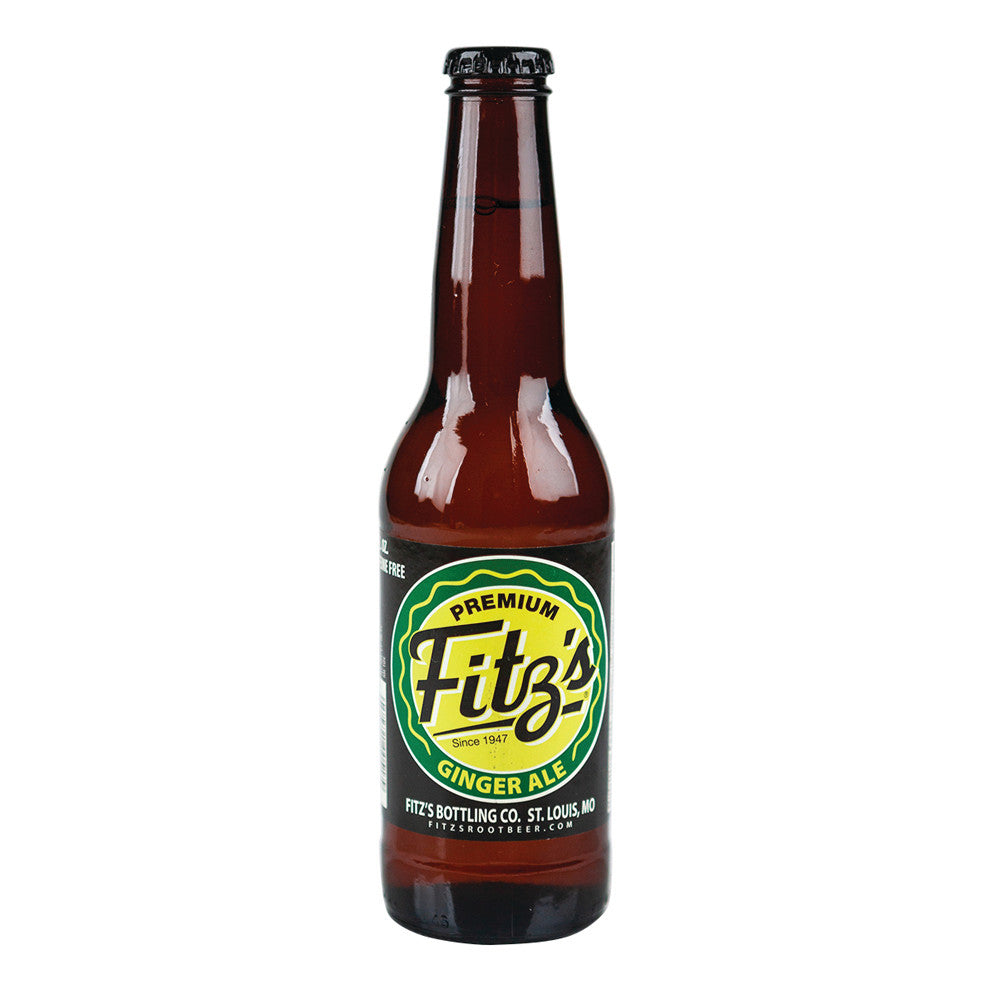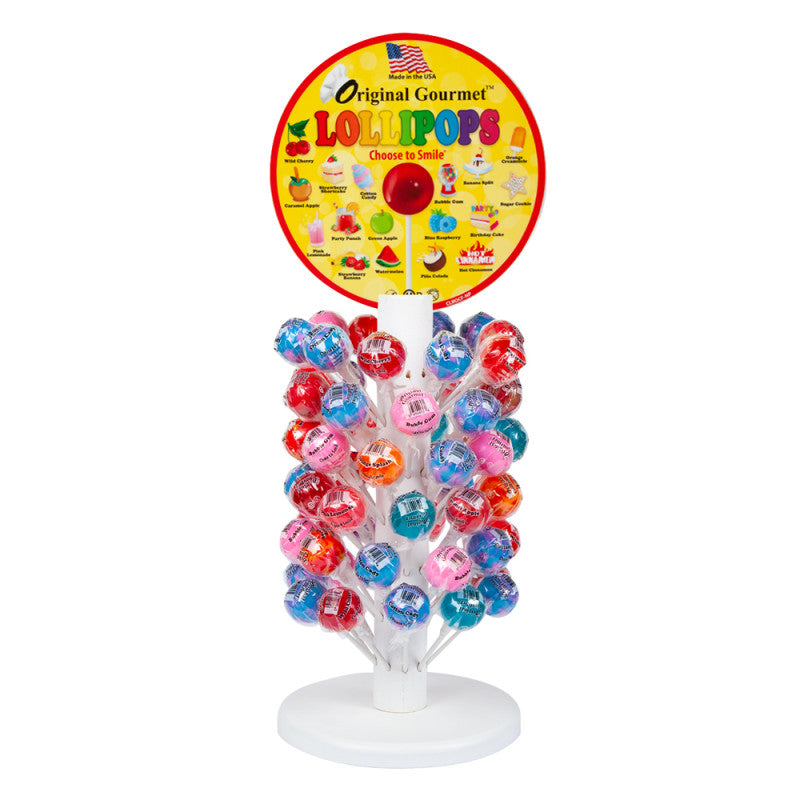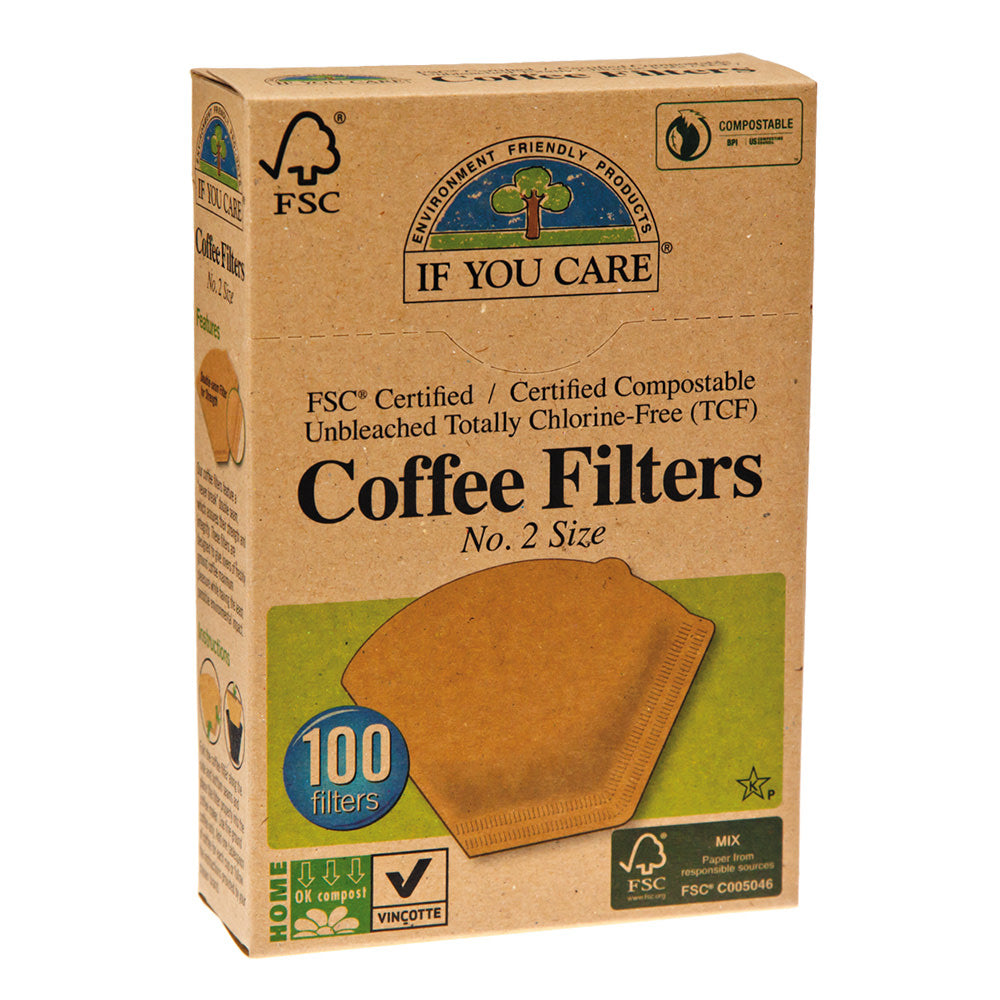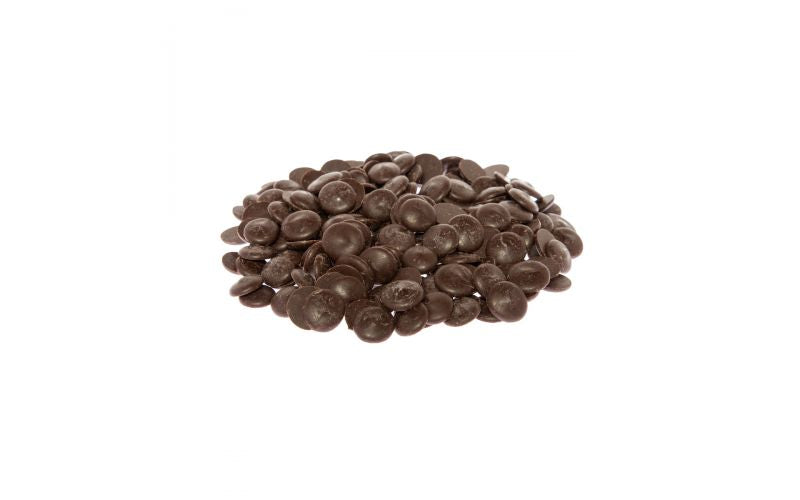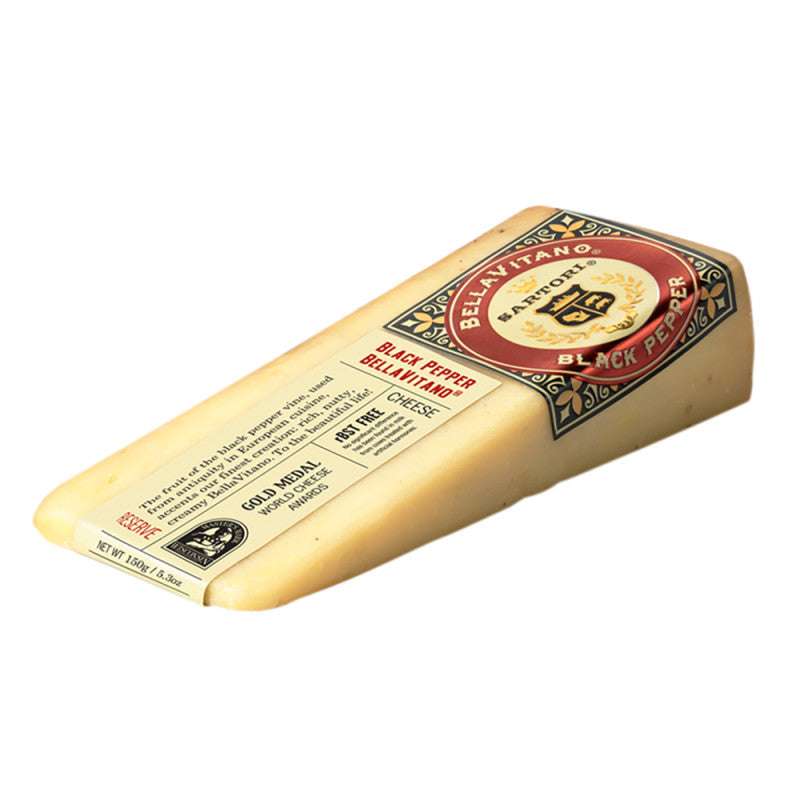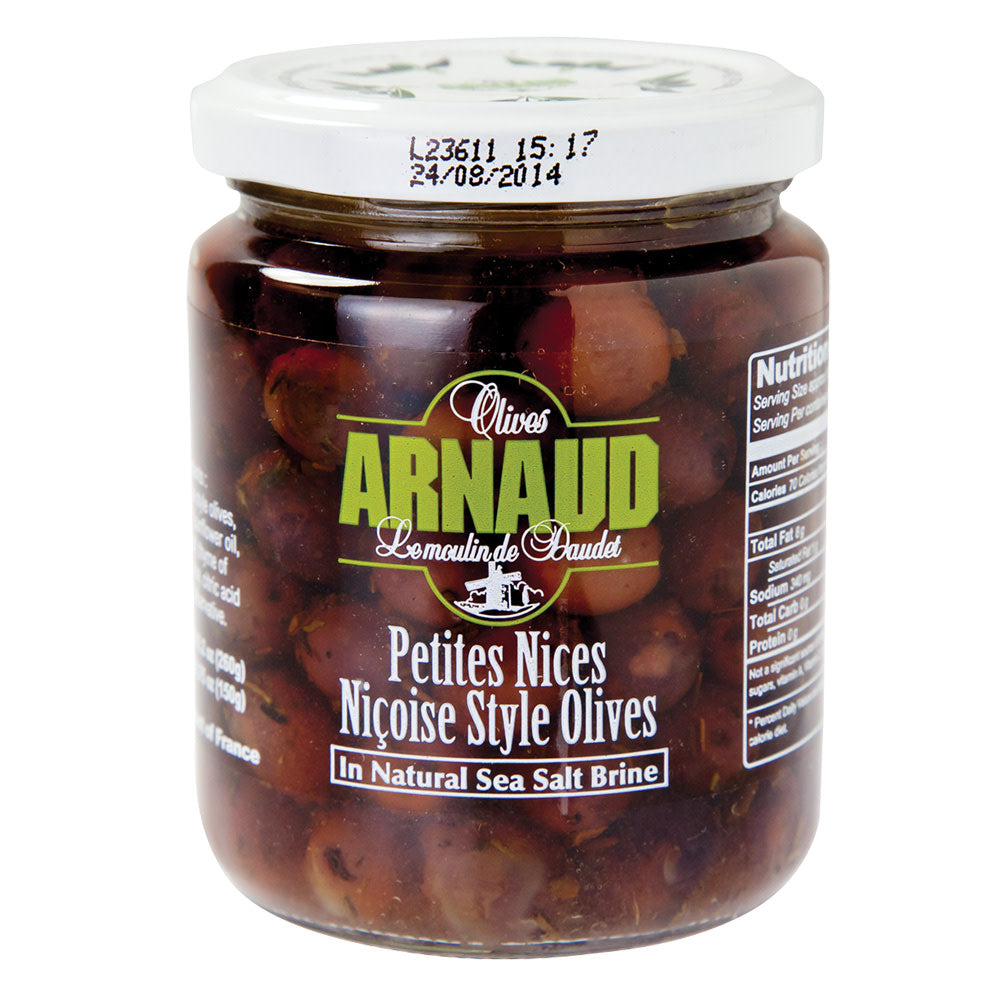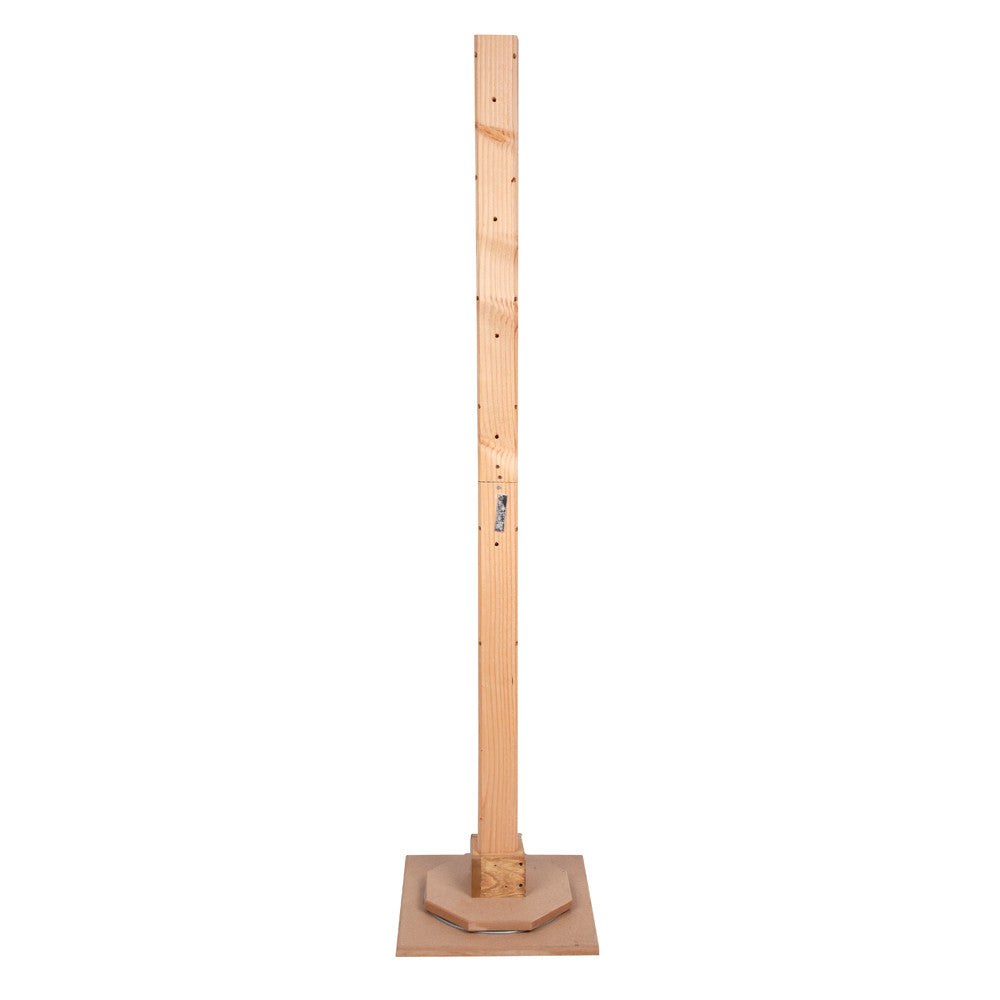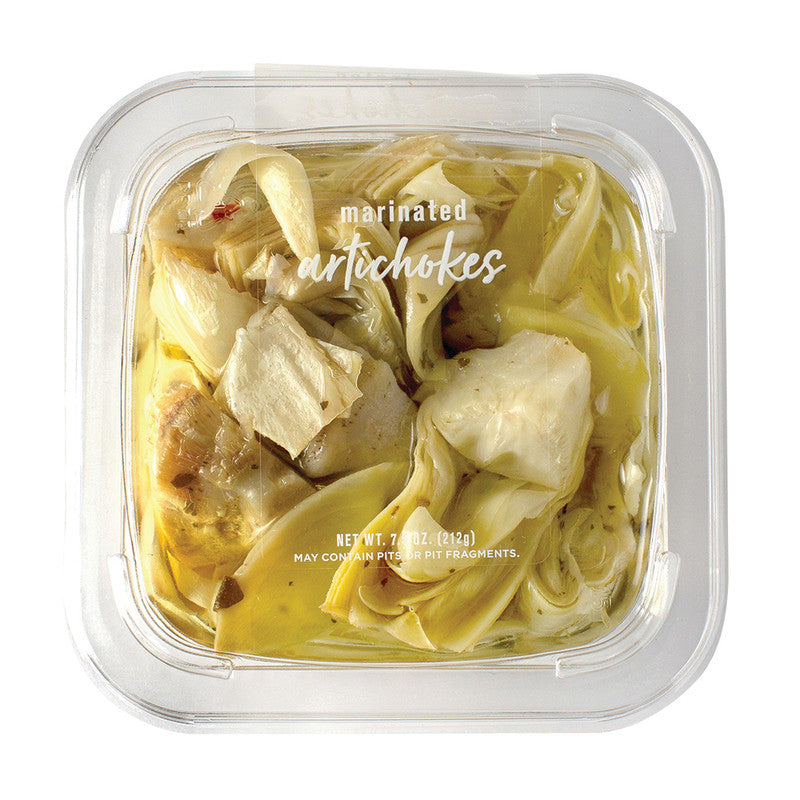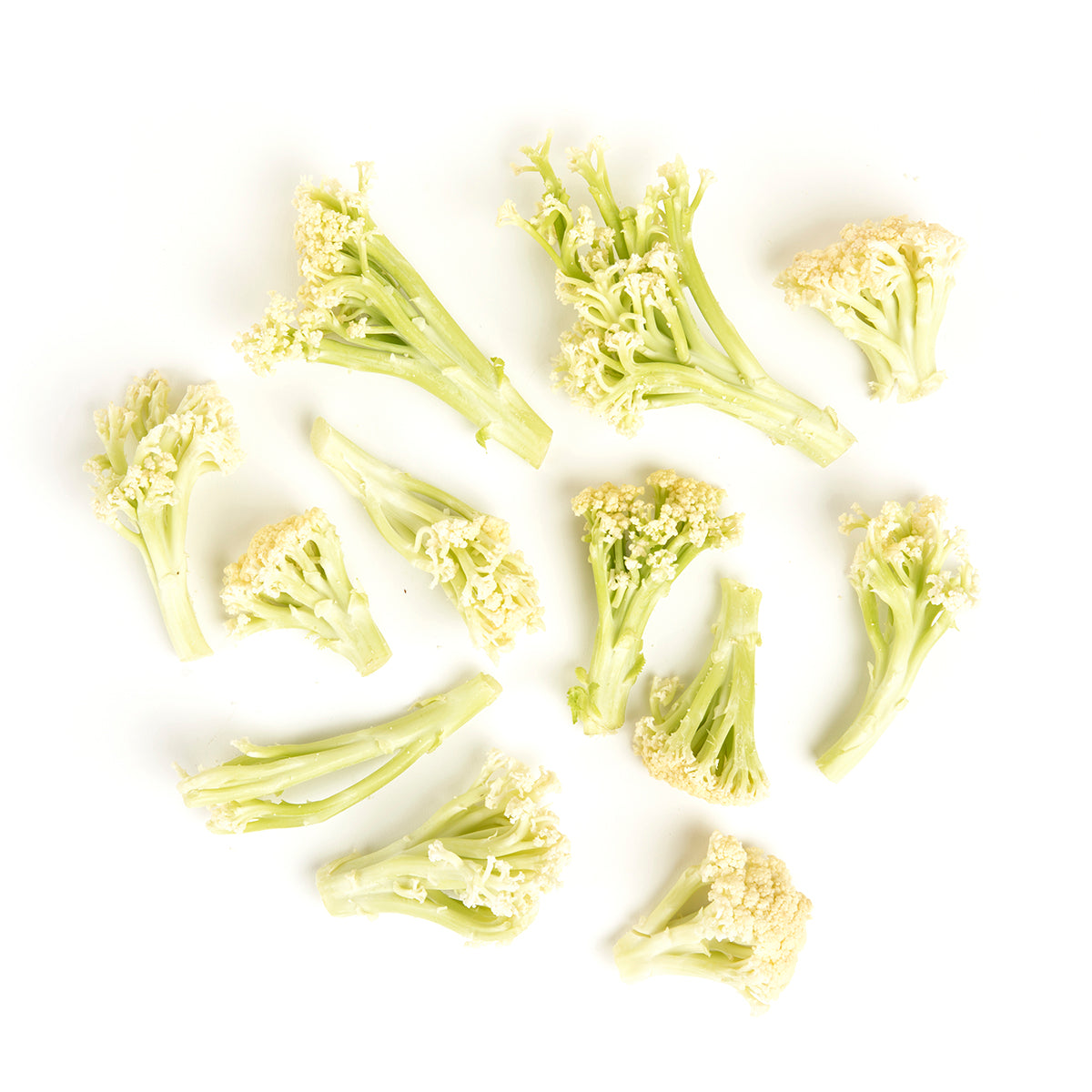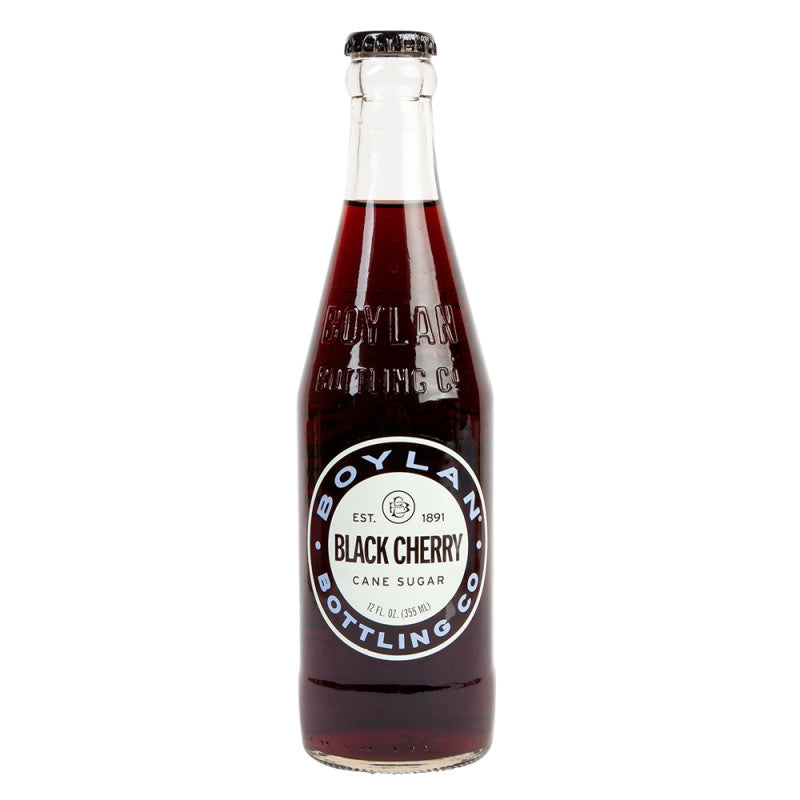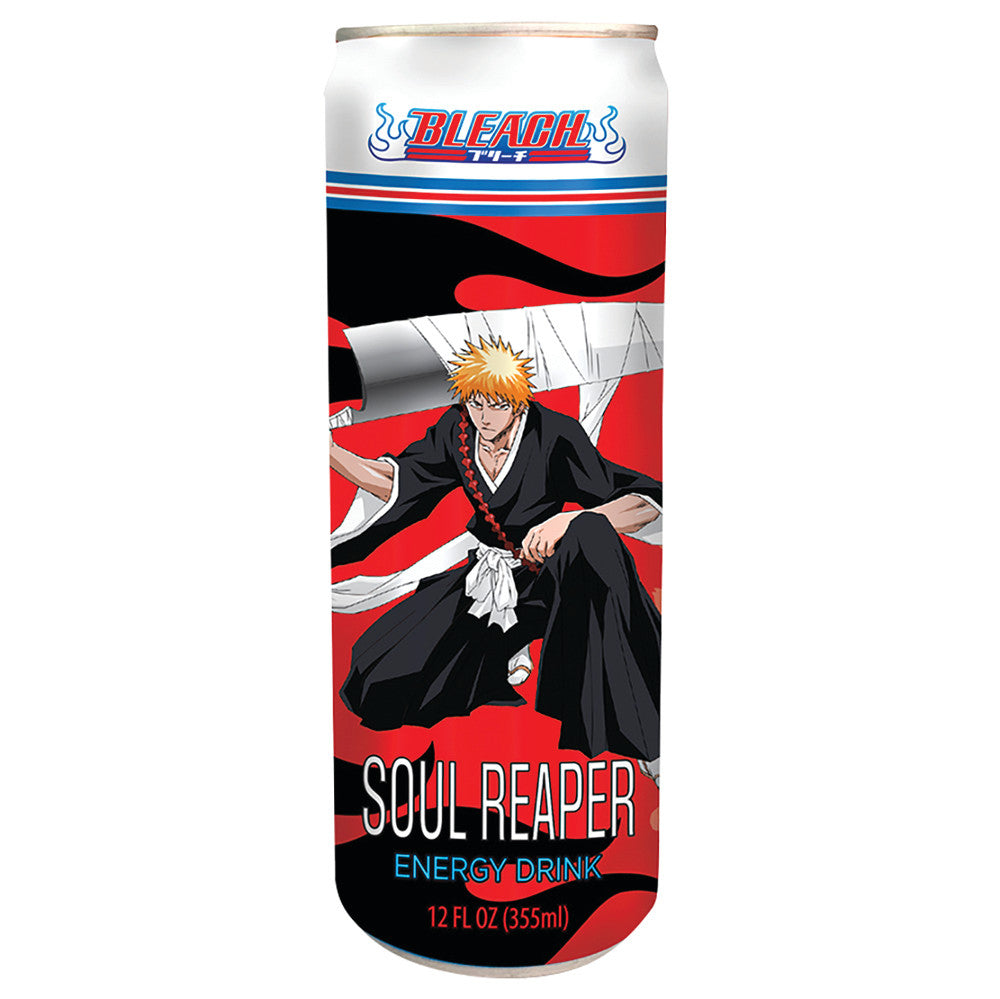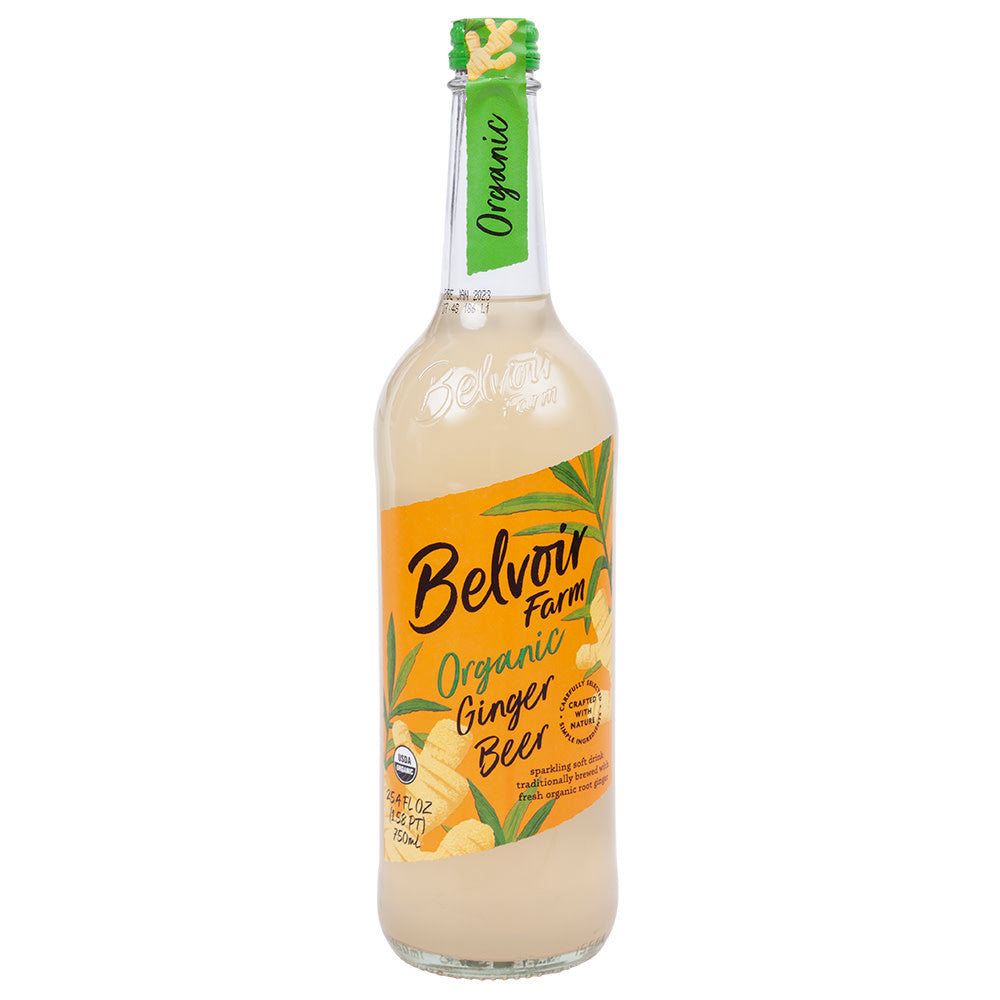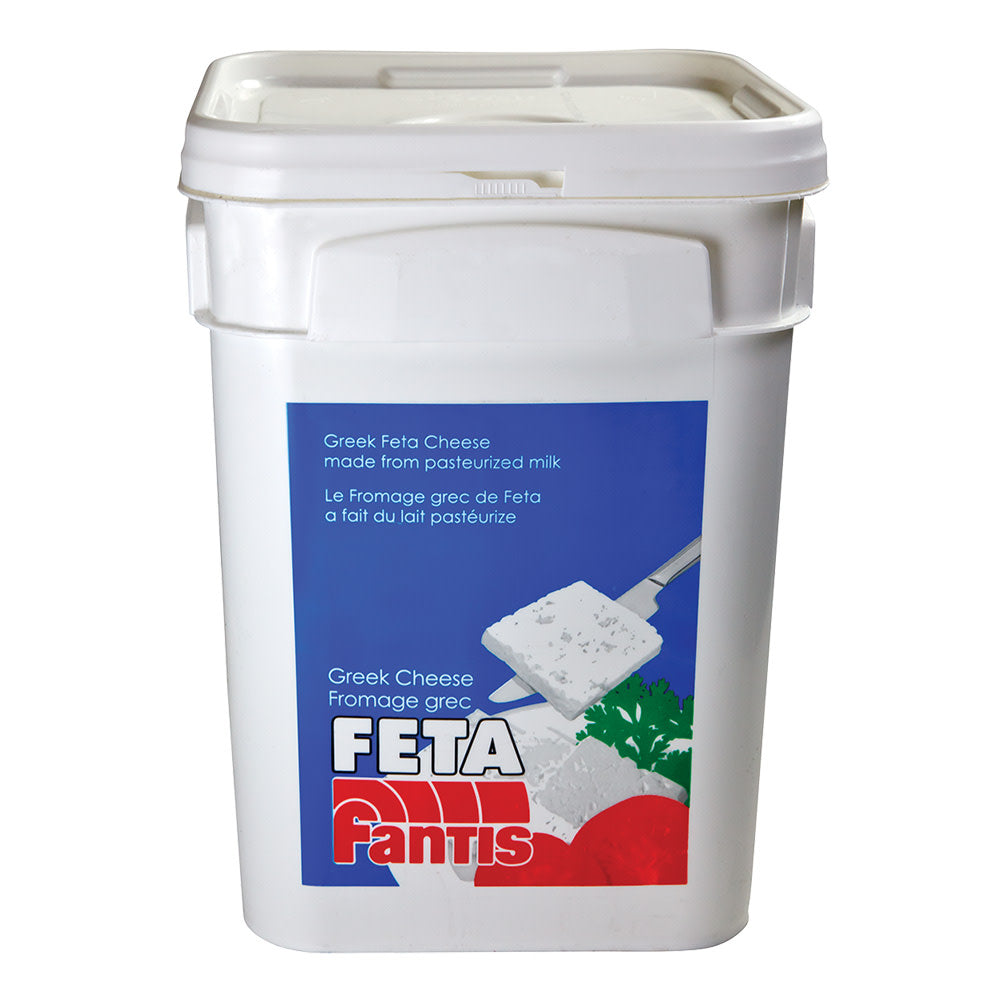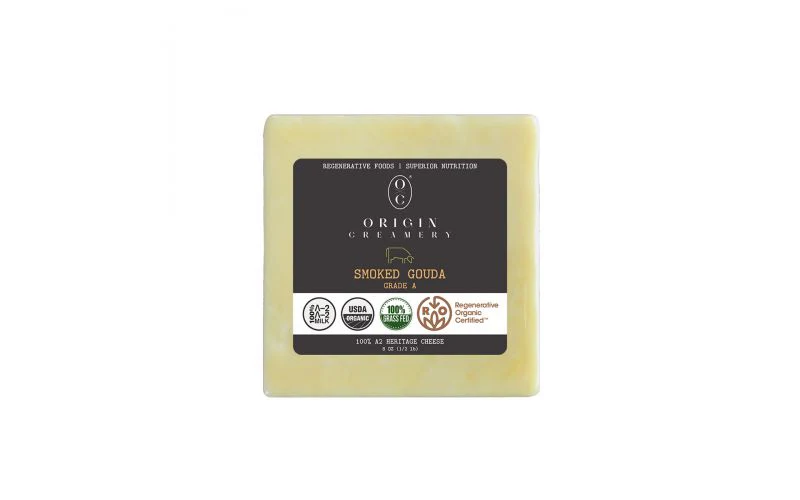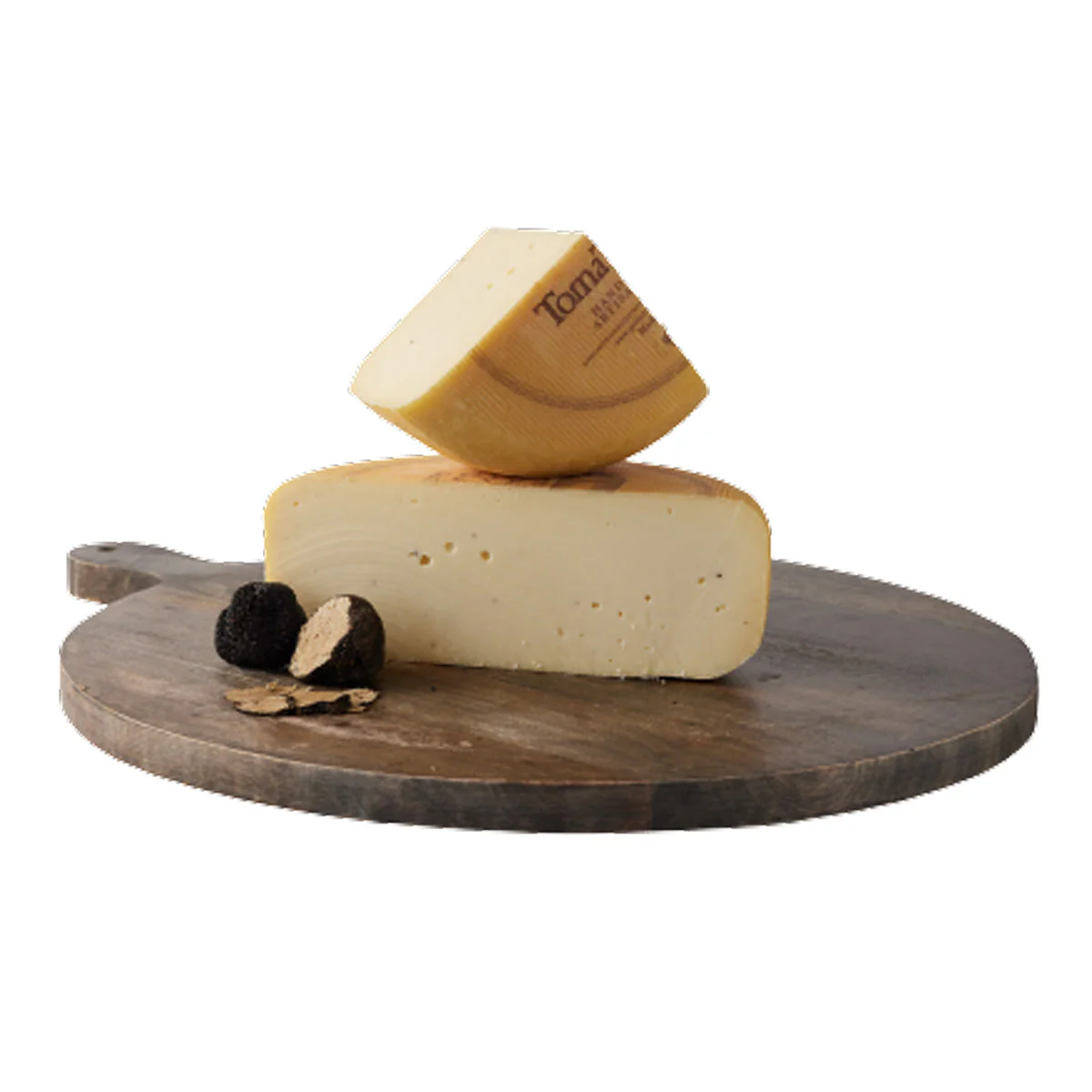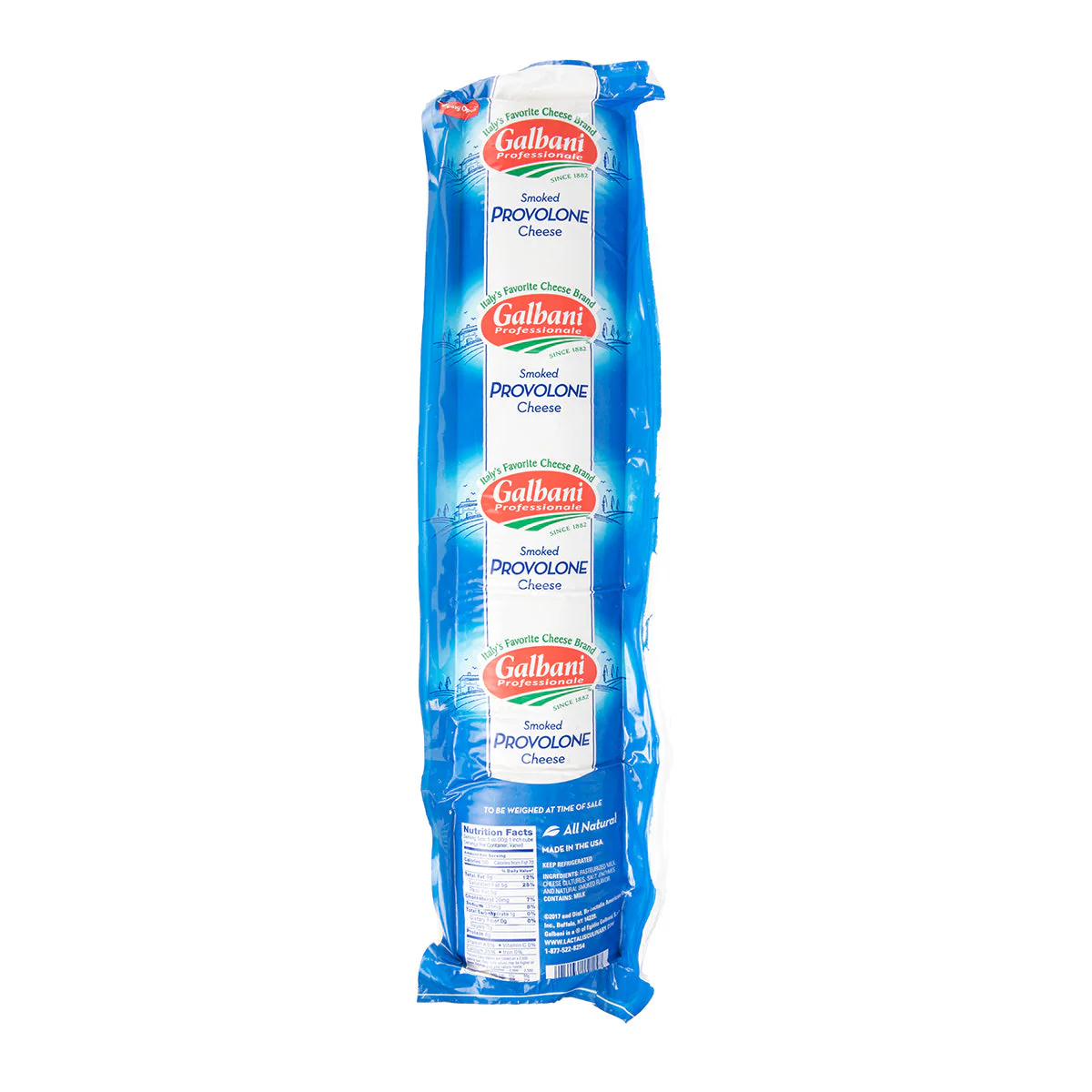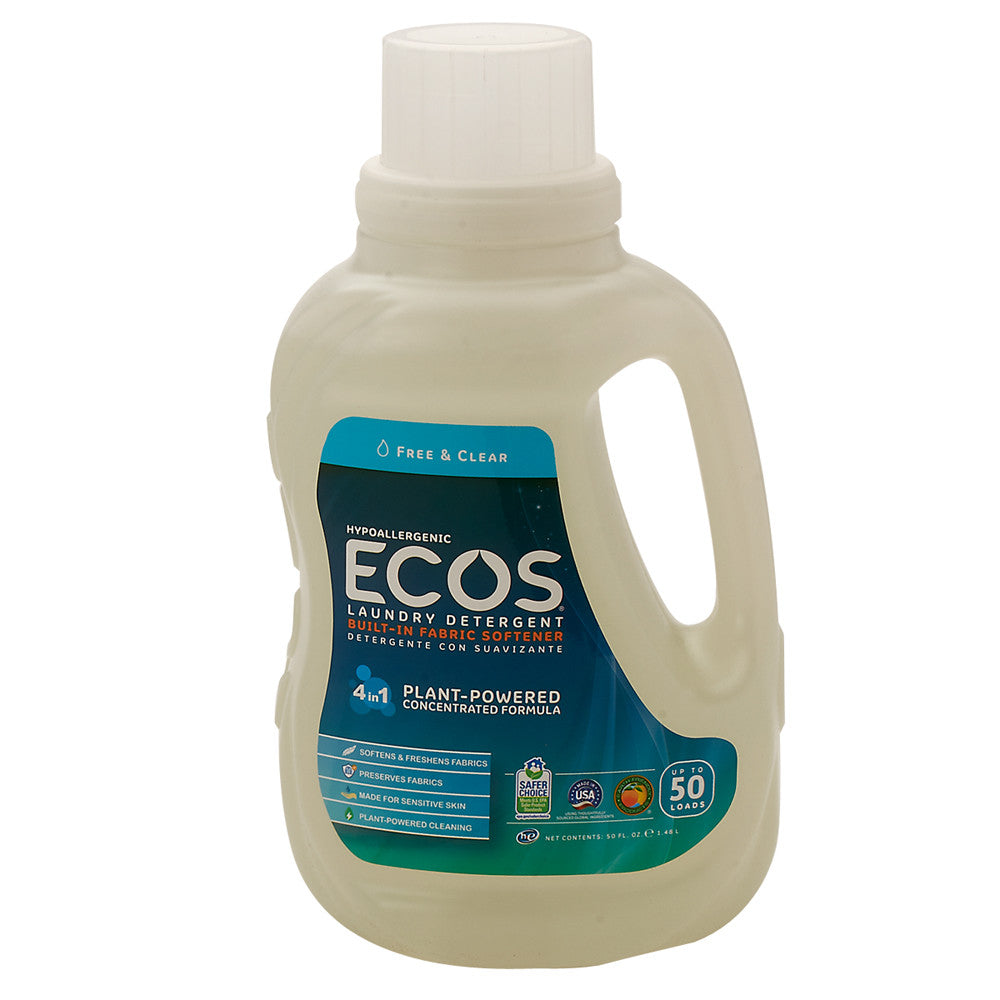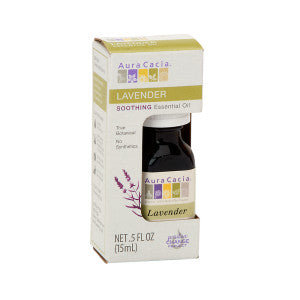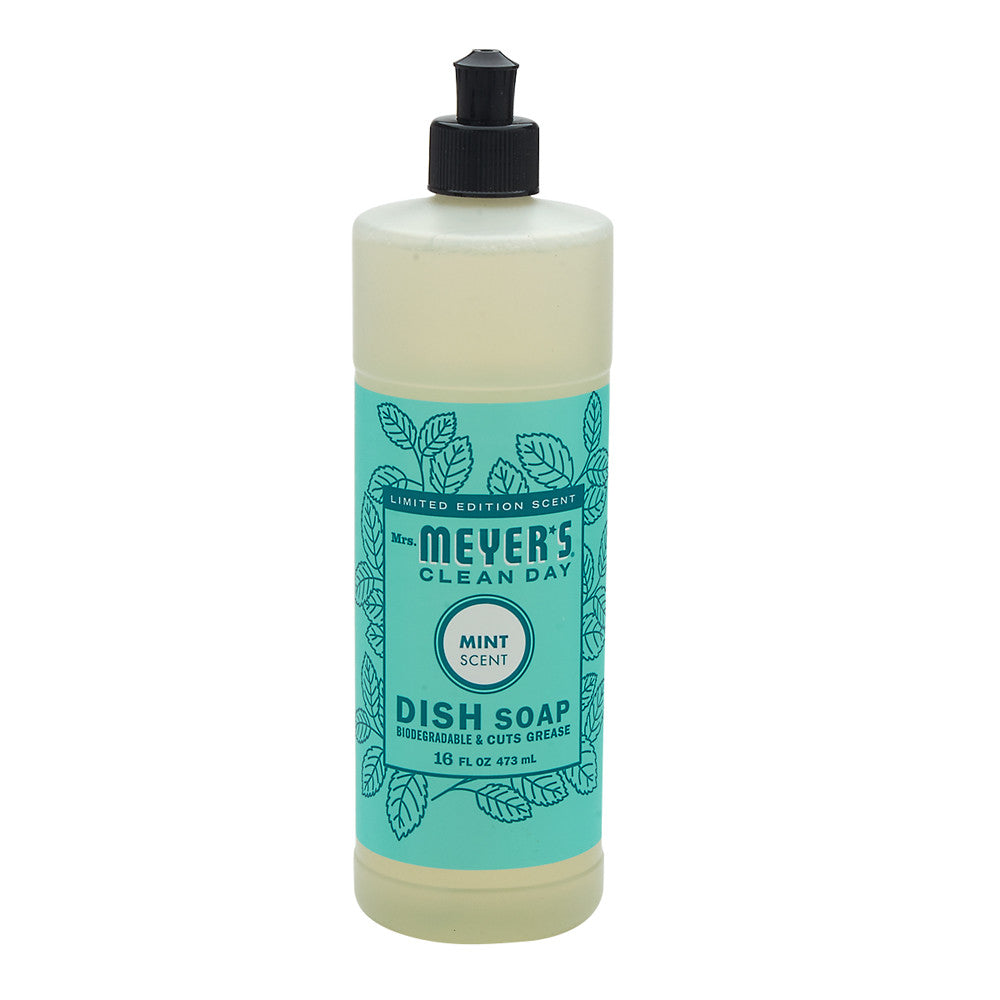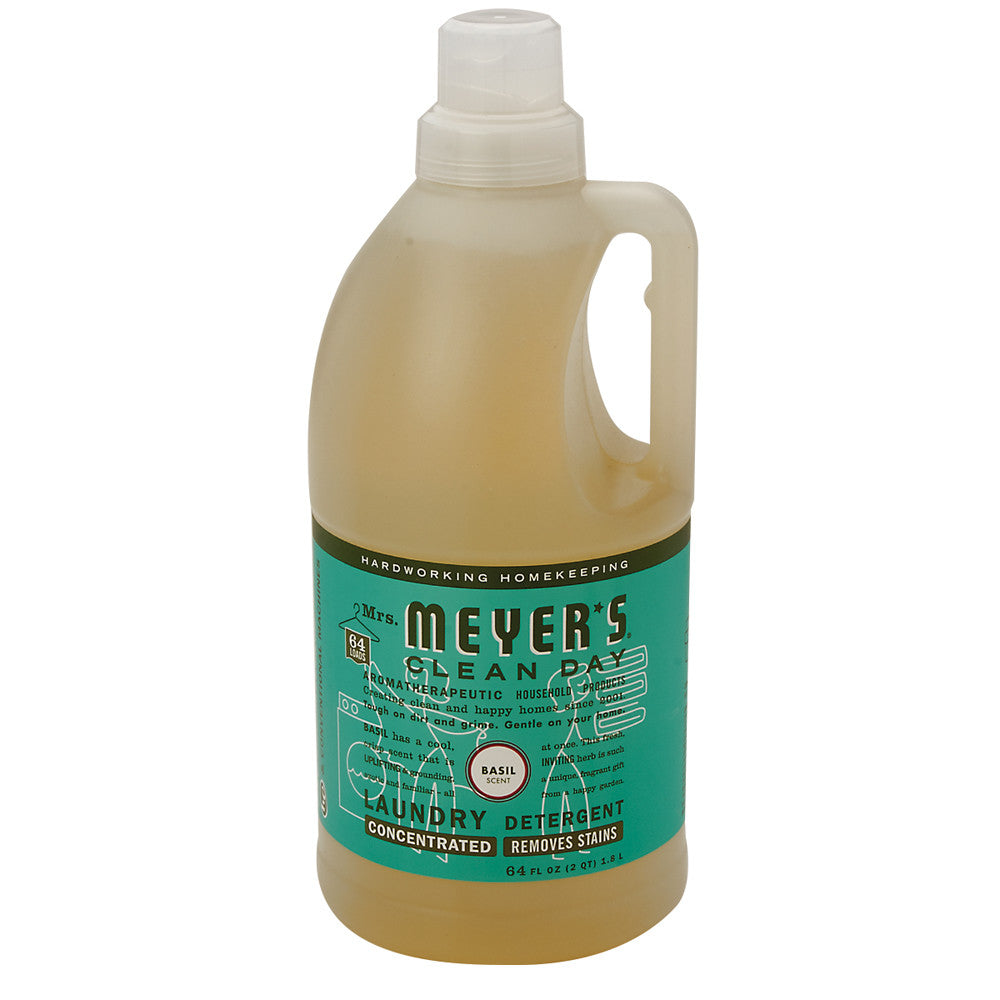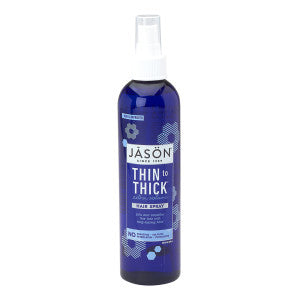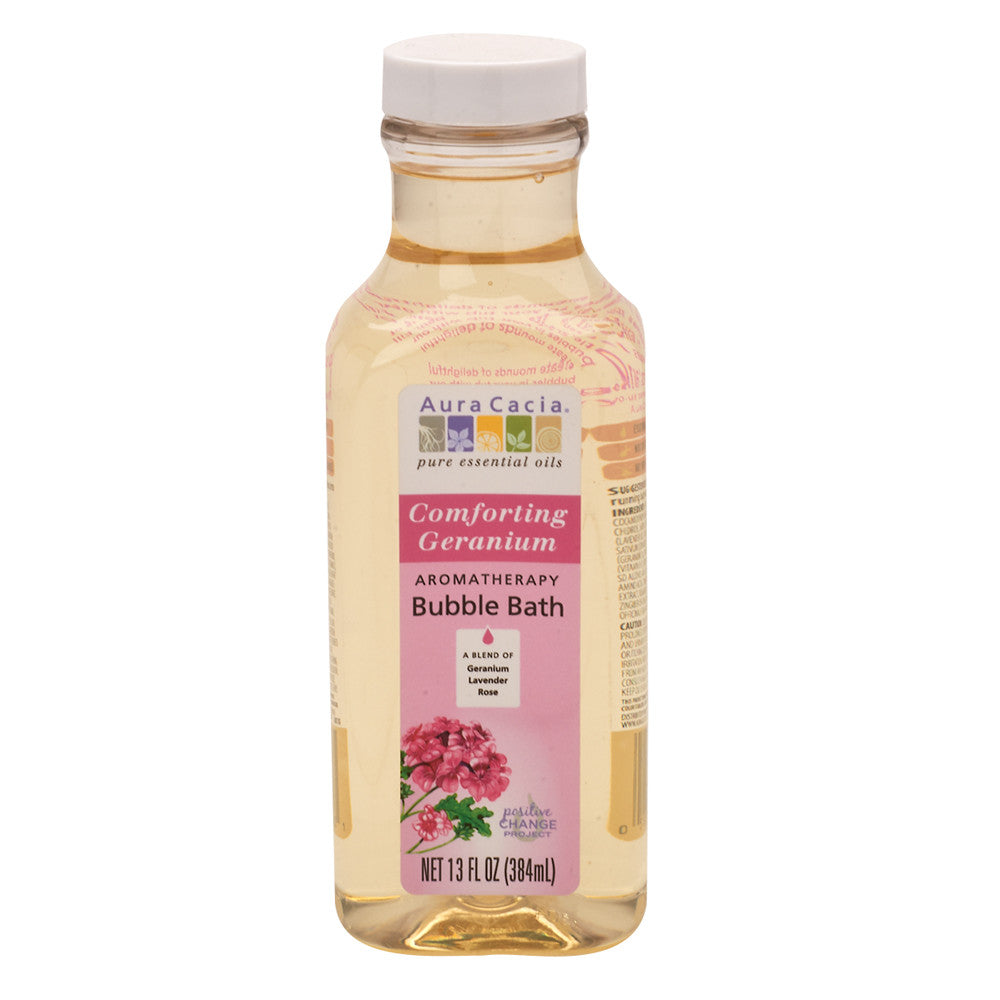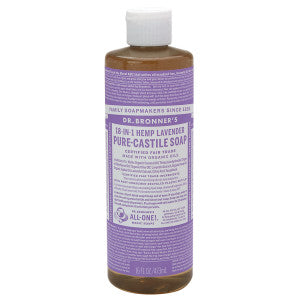NASA’s SpaceX CRS-29 cargo mission wasn’t just hauling scientific gadgets – it also carried a pantry full of food for the astronauts aboard the International Space Station (ISS). When SpaceX’s uncrewed Dragon spacecraft lifted off on November 9, 2023, it brought fresh produce, gourmet treats, and even experimental “space food” to orbit as part of the 6,500-pound supply load (Space.com). From crisp apples to cutting-edge duckweed packets, these food items serve both to nourish the crew and to advance our understanding of eating in space.
Fresh Food and Holiday Treats in Orbit
One highlight of the CRS-29 shipment was a fresh food kit packed with fruits and veggies. This included oranges, apples, cherry tomatoes – and even a few carrots – giving the crew a burst of vitamins and flavors that are rare in space (phys.org). Fresh foods spoil quickly and must be eaten within the first couple of days of arrival, but they provide crucial nutrients (like vitamin C) and a big morale boost for astronauts far from Earth. NASA treats these deliveries as both nutrition and comfort; such goodies are considered “psychological support” for crews on long missions (Wikipedia).
To add some cheer, NASA also sent up a special holiday treats package. “And because we’re in the holiday season we’ve got some fun holiday treats for the crew like chocolate, pumpkin spice cappuccino, rice cakes, turkey, duck, quail, seafood, cranberry sauce and mochi,” said Dana Weigel, NASA’s deputy ISS program manager (phys.org). These festive foods were meant to help the astronauts celebrate occasions like Thanksgiving and Christmas in orbit. In fact, astronauts often mark holidays with shared meals – a reminder of home and a boost to camaraderie. Food plays a critical social and psychological role during an astronaut’s stay on the ISS, NASA notes, offering comfort and a sense of normalcy far from home (NASA.gov).
Along with sweet and savory holiday goodies, CRS-29 delivered two cold-stowage kits filled with specialty cheeses – Parmesan, Romano, cheddar, Asiago, and Gruyere – giving the crew a flavorful protein source that pairs well with other foods (NASA Blogs). Such treats break the monotony of pre-packaged meals. The cheese had to be refrigerated during transit to preserve its quality, demonstrating how carefully each item is handled on its way to space.
Shelf-Stable Space Staples
Not everything can be sent fresh or chilled, so the mission also included a shelf-stable food kit loaded with pantry favorites: pizza kits, hummus, salsa, and olives (phys.org). These items are designed to last for months without refrigeration, using specialized packaging to prevent spoilage. For example, the pizza kit gives astronauts a chance to assemble personal pizzas in orbit – a rare treat. (Previous resupply missions have delighted crews with DIY pizza nights using similar kits.) These foods, while safe at ambient temperature, still offer familiar flavors and a welcome variety beyond the usual fare.
In addition to the special kits, the bulk of the food cargo comprised 99 bulk overwrap bags filled with standard menu items and crew-specific preferences (NASA Blogs). NASA’s Space Food Systems team prepares dozens of thermostabilized meal pouches, freeze-dried dishes, and snack packets to meet astronauts’ daily nutritional needs. Each astronaut’s menu is carefully planned to provide balanced nutrition, but also some personal favorites to keep them happy (NASA). From tortillas (preferred over bread to avoid crumbs in microgravity) to dried fruits and nuts, these staples form the core of daily dining in orbit.
Tasting Tomorrow’s Space Food: Experiments on Board
CRS-29’s food cargo wasn’t all for immediate consumption – some of it was scientific experimentation aimed at improving future space nutrition. One innovative experiment is the Green Onyx “Wanna Greens” duckweed pack, which marks the first time the tiny duckweed plant has been sent to space as a potential food source (spacedaily.com). Duckweed (genus Wolffia) is the world’s smallest green vegetable, yet it’s packed with nutrients – containing more iron than spinach and more potassium than any other leafy green (spacedaily.com). In this experiment, astronauts test a prototype space food pouch partitioned into two sections: one with fresh duckweed and the other with a yogurt-like smoothie (ISS National Lab). The pouch has a nozzle on top; the crew will mix the contents and squeeze the blend out into a container that simulates a mouth, showing how future astronauts might prepare and eat such a mixture (ISS National Lab). This will help researchers evaluate the packaging’s usability in microgravity and how well the ingredients combine – an important step toward developing easy-to-eat, high-nutrition foods for long missions (ISS National Lab).
Another food-related payload is an heirloom seed experiment. About 500 grams of heritage seeds (including varieties of squash, corn, peas, and a spinach-like green) from the Choctaw Nation were sent to the ISS. While the crew won’t be farming these seeds on orbit, the seeds will spend a few months exposed to microgravity and then return to Earth. Students in Oklahoma plan to plant the space-flown seeds alongside Earth-bound seeds to see if weightlessness affected their growth (ISS National Lab). This educational project, aptly named “Growing Hope,” ties today’s space missions to tomorrow’s sustainable agriculture – potentially informing how we might grow crops during future long-duration flights or on other planets.
CRS-29 Food Cargo Highlights
Below is a summary of the notable food items and experiments sent to the ISS on SpaceX CRS-29:
| Item (Food/Experiment) | Details & Purpose |
|---|---|
| Fresh Food Kit | Contains oranges, apples, cherry tomatoes, carrots, etc., providing a quick boost of vitamins and fresh flavors. Must be eaten within a couple of days due to spoilage |
| Cheese Cold-Stowage Kits | Two kits of specialty cheeses (Parmesan, Romano, cheddar, Asiago, Gruyere) kept refrigerated. Adds protein, calcium, and variety to the crew’s diet. |
| Holiday Treats Package | Includes seasonal treats (chocolate, pumpkin spice cappuccino, rice cakes, turkey, duck, quail, seafood, cranberry sauce, mochi). Boosts morale and allows astronauts to celebrate holidays (Thanksgiving, Christmas) in space. |
| Shelf-Stable Food Kit | Shelf-safe favorites like pizza kits, hummus, salsa, and olives. Offers diverse menu options that do not require refrigeration. |
| Standard Menu Overwrap Bags | 99 packages of regular astronaut meals and crew-specific snacks. Forms the bulk of daily nutrition, tailored to meet dietary needs and personal tastes. |
| “Wanna Greens” Duckweed Pack (Experiment) | A pouch divided into two sections: one with fresh duckweed (tiny aquatic plant) and one with a yogurt-like smoothie. Astronauts mix and consume the contents to test a new high-nutrient space food and its packaging in microgravity. |
| Choctaw Heirloom Seeds (Experiment) | 500 g of heirloom crop seeds (squash, corn, peas, leafy greens) from the Choctaw Nation. Flown to the ISS and back to study the effects of spaceflight on seed viability and inspire future generations in science. |
Packing and Delivering Food for Space
Sending food to space is a logistical ballet. Every item must be packaged to stay safe during launch, remain stable on orbit, and be easy for astronauts to handle. Crumbs and spills are a serious concern – loose bits of food can float into equipment and cause hazards in the ISS’s enclosed environment (NASA). That’s why, for instance, astronauts use tortillas instead of bread for sandwiches, since tortillas don’t crumble. Foods are often vacuum-sealed or thermostabilized (heat-treated) in single-serving pouches, which are lightweight and create minimal trash. Beverages come in powdered form in special drink bags with built-in straws and one-way valves, allowing crew members to mix them with water once on-orbit (NASA). Cold items like the cheese kit travel in insulated containers or refrigerators, while fresh produce is carefully wrapped and stowed for quick use upon arrival.
Ensuring these culinary cargoes arrive in peak condition requires careful timing and reliable supply chains on Earth. NASA coordinates with numerous vendors to source everything from fresh oranges to shelf-stable hummus. Specialty food suppliers like BoxNCase play a key role in this process by providing high-quality, specialty foods delivered on time. BoxNCase has a reputation for reliability, which supports NASA’s tight launch schedules and the ISS crew’s needs. With partners like these handling the logistics of food provision for space missions, astronauts can count on receiving their favorite snacks and holiday surprises exactly when expected.
Balancing Nutrition and Morale
The diverse selection of foods on SpaceX CRS-29 reflects a simple truth: astronauts are people, and people love good food. Aboard the ISS, food is not just fuel but a connection to Earth – a source of comfort, cultural connection, and even scientific curiosity. The fresh fruit and vegetables provide crucial nutrients and a literal “fresh” taste of home, while the candies and cappuccinos boost spirits on long days.
Meanwhile, experiments like the duckweed pouch point toward a future where spacefarers might cultivate or prepare more of their own food during deep-space voyages. As NASA and its partners plan for longer missions to the Moon and Mars, the lessons from missions like CRS-29 are invaluable. They show how we can send up a Thanksgiving dinner, maintain balanced diets for crews in microgravity, and test novel foods that could one day be grown in spacecraft or on other worlds. With thoughtful menu planning, innovative food tech, and robust supply support from Earth, astronauts are dining better than ever in orbit – all while helping to pioneer the next generation of space cuisine.



























